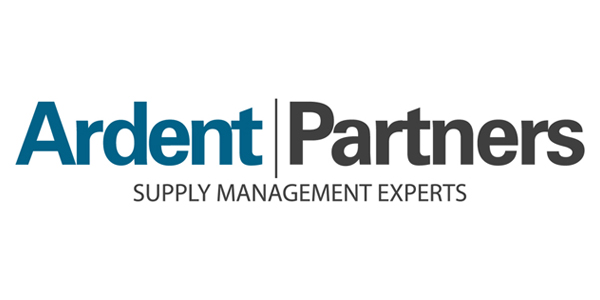[Publisher’s note: Welcome to the first part of a multi-article series on the State of Contingent Workforce Management, Ardent Partners’ landmark new research study. In this series, report author and Ardent Partners’ Research Director, Christopher J. Dwyer, will highlight key findings from his report and outline just how much this space has evolved. If you are interested, copies of the report can be found here, here, and here]
Ardent Partners’ State of Contingent Workforce Management: A Framework for Success research report promises to make waves in the contract talent industry due to its unique and exciting take on the contingent workforce market. The Ardent Partners Contingent Workforce Management Framework, which we’ve highlighted previously, has been designed to help all organizations, no matter the size, location or industry, to fully-understand the current scope of contingent labor, its complexities, and the means effectively managing contract talent.
And while the Framework as a whole is the ideal means for any organization looking to more effectively manage their contract talent, it is one aspect within the Official Contingent Workforce Management Framework that’s also going to help the contemporary enterprise take their contract talent into the next generation. (Stay tuned for a deep-dive into the Framework in our next State of Contingent Workforce Management article.)
The contingent workforce category is one that often revolves around three major aspects: cost, visibility and quality. Cost is typically the easiest to track, monitor and gauge out of the three (especially if procurement is involved in managing contingent labor). Visibility is more often estimated than tracked down to a specific percentage, but quality remains the most difficult to track in terms of true performance.
It is with this notion of “quality” in mind that Ardent developed its official Quality Index Score™. The QIN was created to help enterprises leverage quantitative measures to track and gauge the quality and effectiveness of their contingent workforce. The QIN metric utilizes a series of efficiency metrics, such as the percentage of various worker types that meet or exceed predefined (and communicated) goals or objectives, as well as performance against key project milestones and delivery dates.
The Ardent Partners Quality Index Score will help enterprises:
- Gauge the true effectiveness of their temporary workers
- Gain visibility into the quality of independent contractors and consultants
- Track and monitor how SOW-based projects and services perform against agreed-upon project milestones and delivery dates
The QIN is truly a groundbreaking aspect in that it will help companies all over the world finally address a need that has been growing just as sharp and just as fast as their own contingent workforce: the true quality of their contract talent.
RELATED ARTICLES
Mobility and Complex Category Management (Part I)
Contingent Workforce Management Technology: Market Update, Q4 2013
Next Generation of CWM Technology, Part I: The VMS of the Future

